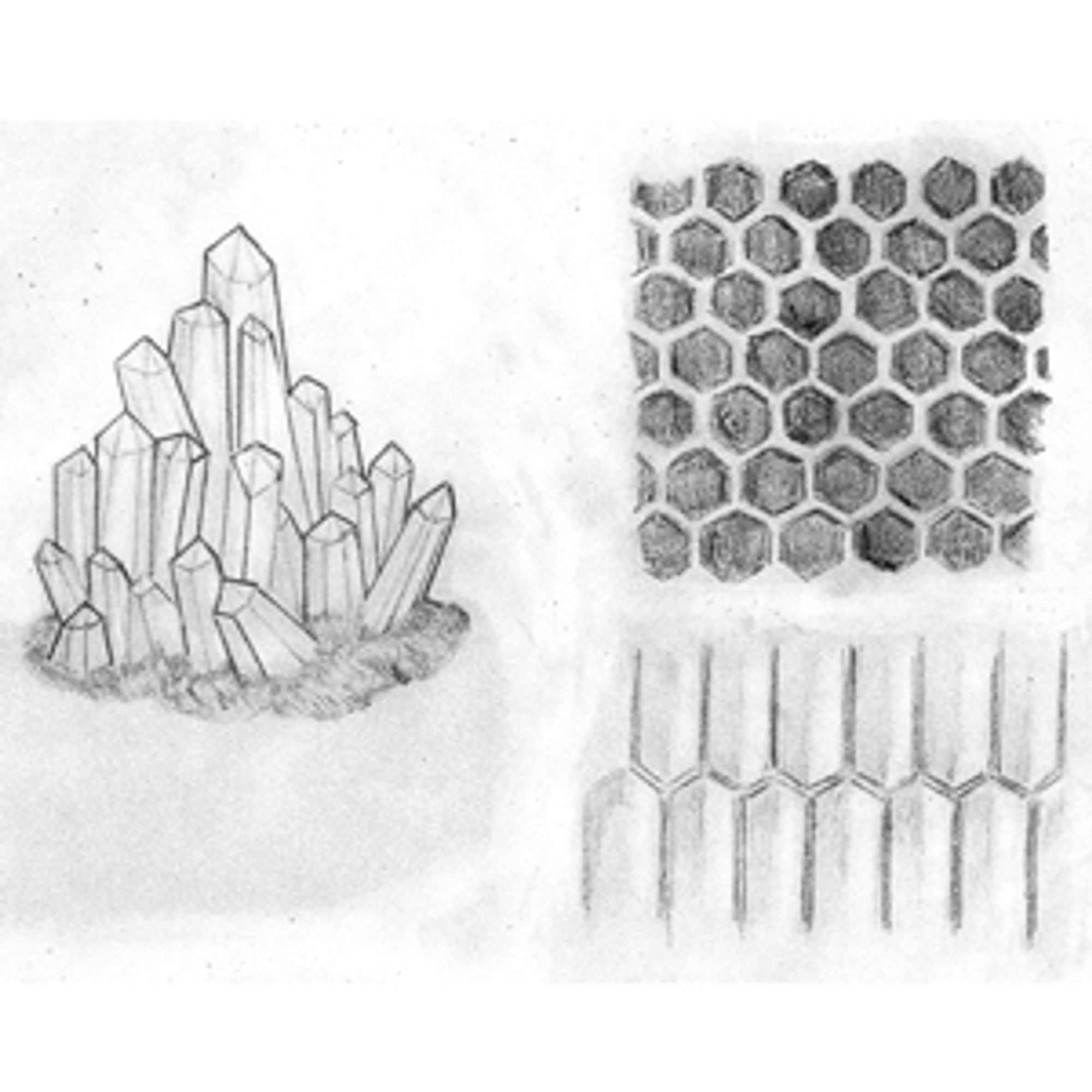
The Six-Sided Force and the Life of the Honey Bee
How do tens of thousands of bees decide where to forage for nectar (and make “varietal” honeys), when to create a new queen, or swarm? In the course of their lives, worker bees perform a dozen different functions within and outside of the hive; how does the colony, with no central management, direct individual bees to fulfill its needs at any given time? What force or wisdom guides the bees in building comb, a vast collaboration that draws resources from the entire hive? Why do bees build six-sided cells to store their honey and raise their brood?
This talk will examine the beehive as an organism and as a social ideal. Along the way we will look at the connections between modern agriculture and the perilous condition of the honey bee today, and discuss how alternative ways of agriculture and beekeeping can secure the bees’ future – and our own.
There will be ample time for questions and discussion.
Bill Day keeps bees at the Pfeiffer Center in Chestnut Ridge, NY, and at his own apiary in Blauvelt, NY. He first learned beekeeping with Gunther Hauk, the Pfeiffer Center’s founding director. The mission of the Pfeiffer Center is to practice, teach and spread awareness of the biodynamic method of agriculture and land care.